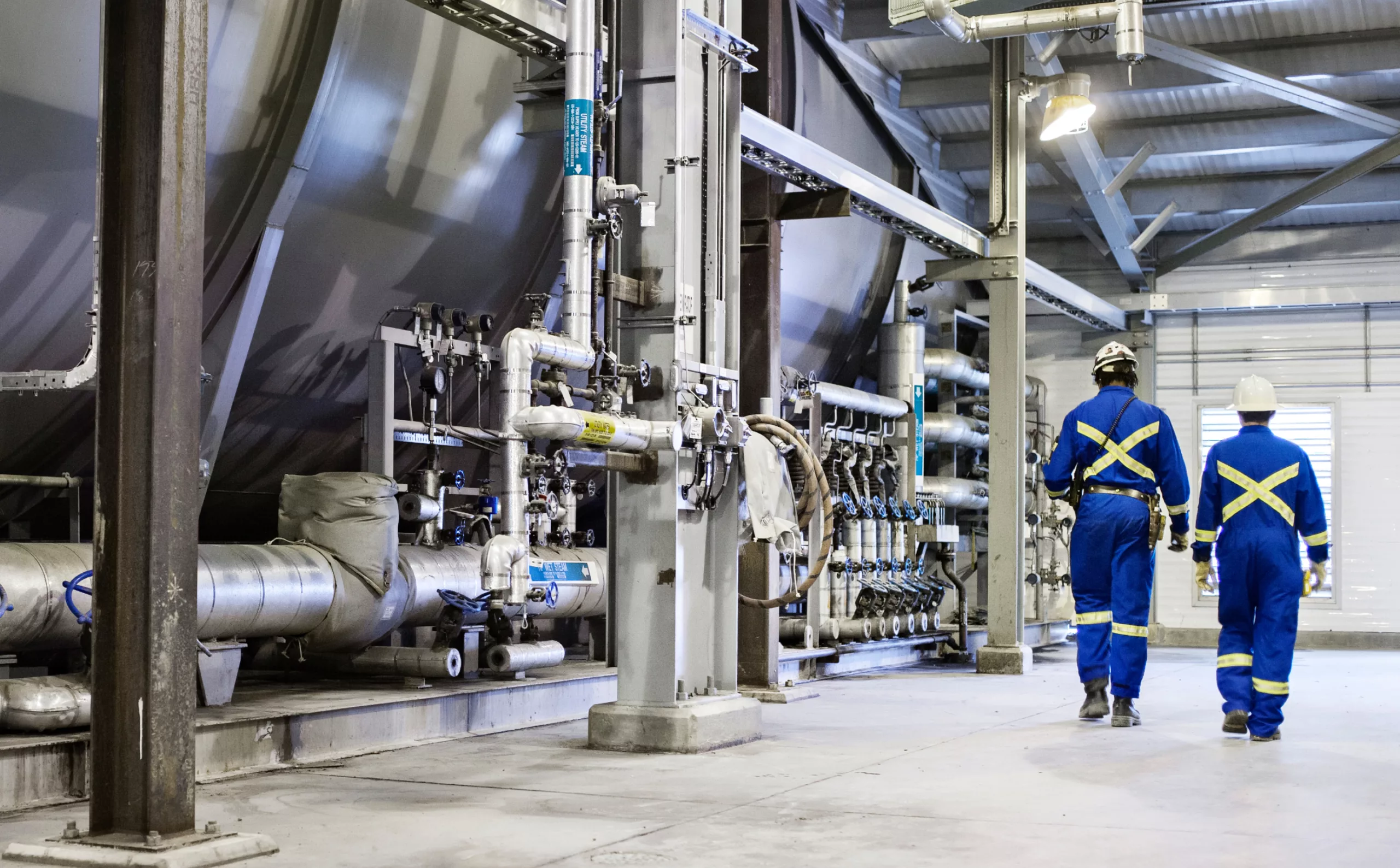Artificial intelligence helping to drive down emissions in oil sands facilities
New techniques aiding industry efficiencies.

Innovators in Canada’s oil sands industry are using artificial intelligence (AI) to make real progress in reducing CO2 emissions from operations.
The intricacies of reducing steam injection while increasing oil production at an in situ oil sands facility are both an art and science that greatly benefits from AI, other Advanced Process Control (APC) techniques and smart technologies being advanced by the industry.
APC technology combines algorithms with machine learning and data analytics to enhance process control performance. It can monitor and control multiple processes, leading to enhanced performance over traditional control systems.
Efficient use of our resources, including energy, is one of our strategies to address emissions. For us, operational excellence means operating in a way that is safe, reliable, cost-efficient and environmentally responsible.
Yu liang, Advanced Control
Process Engineer, Suncor
Suncor Energy has embarked on a demonstration project to apply APC at its Firebag and MacKay River in situ facilities. APC will be applied to three areas: the steam generator, which controls steam quality, steam injection to the wells, and emulsion production, which is the fluid mix that brings the oil to the surface.
The technology is expected to reduce steam generation costs and can increase production by up to 4%, which is equivalent to reducing GHG emissions by 4%.
“Efficient use of our resources, including energy, is one of our strategies to address emissions. For us, operational excellence means operating in a way that is safe, reliable, cost-efficient and environmentally responsible,” says Yu Liang, an Advanced Control Process Engineer, who works in Suncor’s Automation Team.
Large volumes of steam required
In situ oil sands operations require large volumes of high-pressure steam to bring oil to the surface through methods such as Steam Assisted Gravity Drainage (SAGD).
If the steam quality varies too widely, it takes away from the efficiency of the steam generator units.
So, controlling steam quality in real-time is essential to ensuring optimal performance of the facility and lower greenhouse gas (GHG) emissions. That’s where APC can help improve the process by greatly narrowing steam quality deviation.
This real-time focus on fine-tuning the plant process adds up to a big impact over the life span of an oil-producing well, Liang says. Small adjustments aided by APC combine to deliver greater energy efficiency, reducing emissions, increasing production and lower operating costs.
Improving reliability and effectiveness
APC technologies have been around for decades, but the escalating complexity of today’s industrial processes and machinery requires companies to continually up their game. As other kinds of new technologies such as AI enter the digital space, there are more and more ways to improve the reliability and effectiveness of APC, Liang says.
Suncor has been applying APC as part of a larger digitization initiative in its oil sands operations for 10 years. The company also holds patents and patent applications for APC technologies that have been implemented in in situ operations.
“The primary benefits of APC are that we can reduce energy and reduce GHG emissions. As well, we can give the plant operator more time to focus on other priorities,” Liang said.
The primary benefits of APC are that we can reduce energy and reduce GHG emissions. As well, we can give the plant operator more time to focus on other priorities.
yu liang, Advanced Control
Process Engineer, Suncor
There are three primary applications where APC can make an impact. Firstly, improving the quality of steam from either a generator or co-gen facility. Secondly, enhancing the consistency of steam injected into underground chambers. And thirdly, improving the efficiency of pumps and the systems to bring oil to surface.
“As reservoirs age they evolve and we need to integrate new wells so there are always lots of improvements we can still make,” Liang says.
“To implement these APC technologies, we don’t usually need any physical changes or installation of equipment. Generally, we can use the existing infrastructure and just need staff and time to do the software configuration,” she adds.
Suncor’s goal is to operate in situ plants with APCs up and running 85% of the time, accounting for downtime for maintenance and other issues.
Driving innovation like this is one way that Suncor and other member companies of the Pathways Alliance – Canadian Natural, Cenovus Energy, ConocoPhillips Canada, Imperial and MEG Energy – are improving environmental performance in the oil sands. Through Pathways they collaborate to drive the next generation of scientific and technological advances that continue to reduce industry’s impact on air, land and water.


